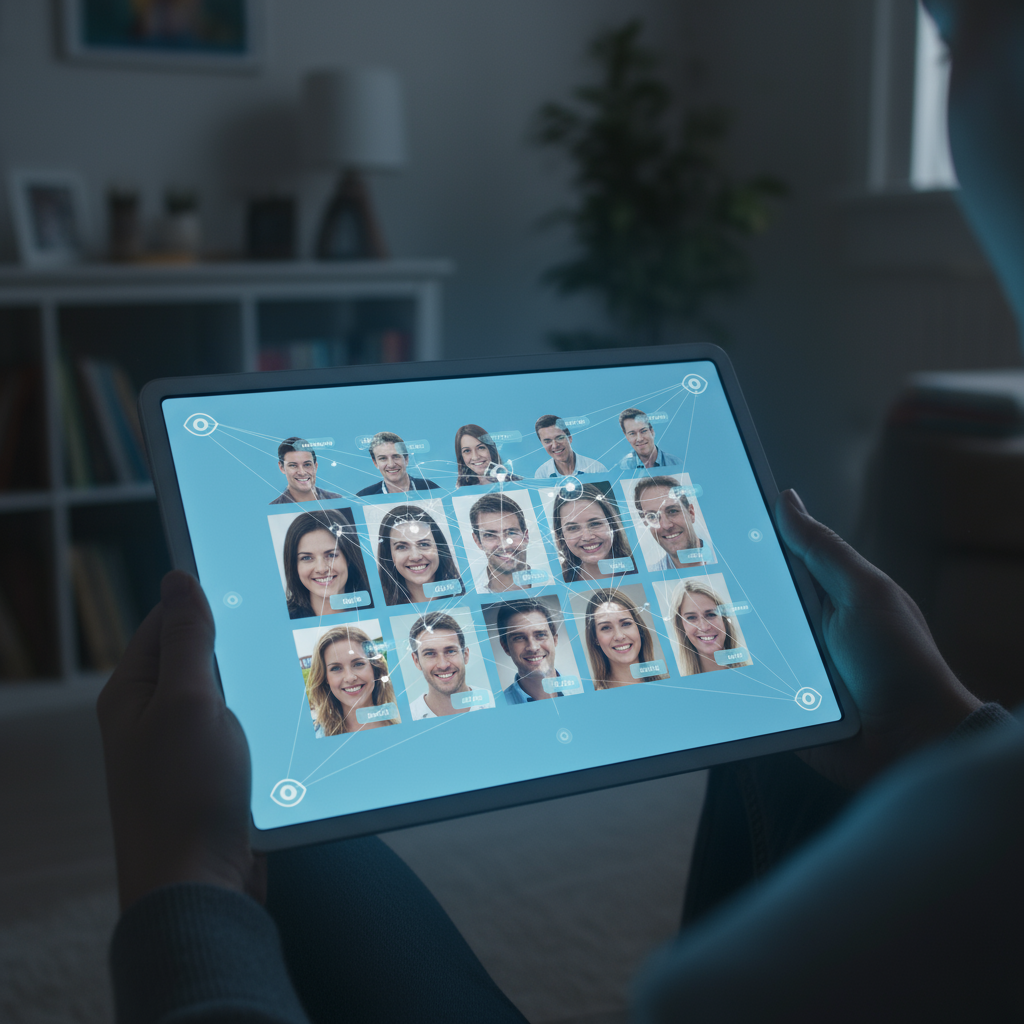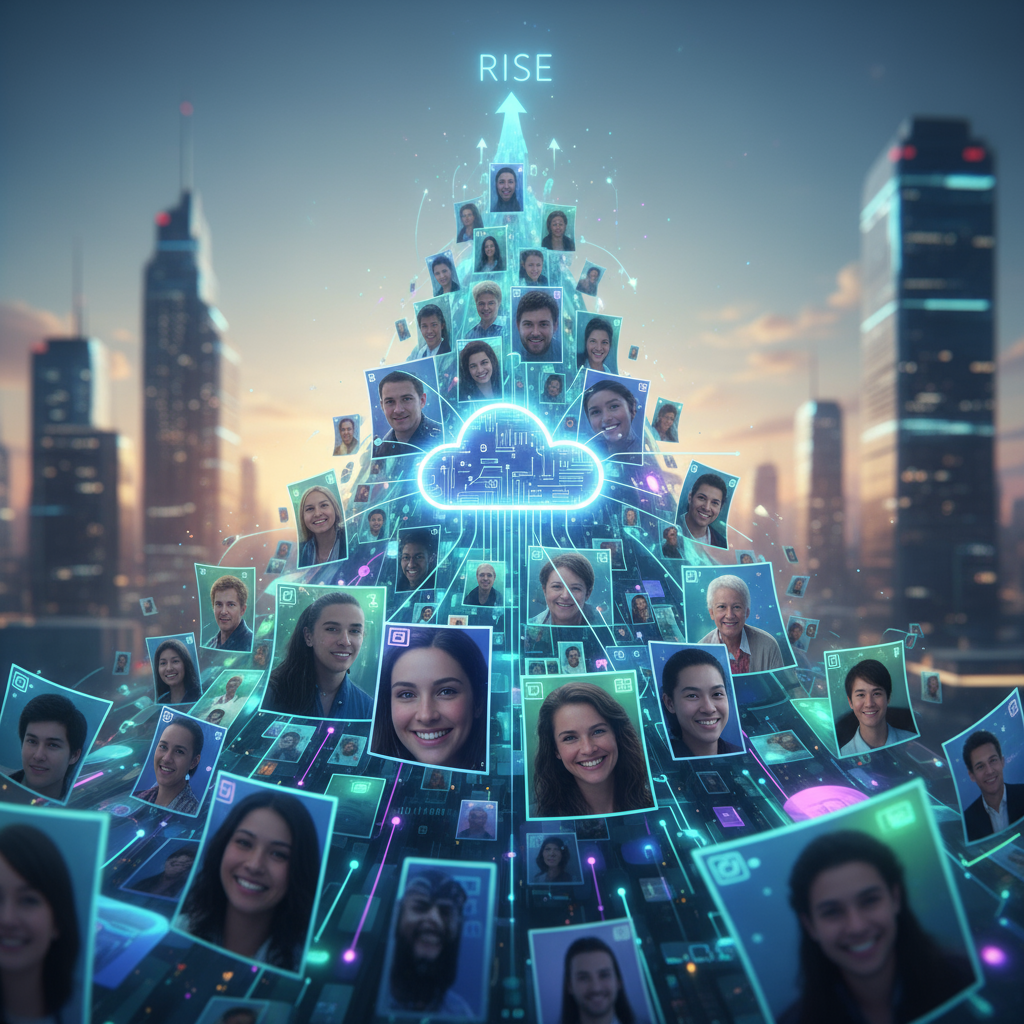OneDrive Knows Who’s Who: Your Digital Photo Album Just Got Smarter (and a Little Creepier)

Remember those days of laboriously tagging friends in every single photo album on social media? Or, perhaps even further back, the endless stacks of physical photos that you’d painstakingly organize into albums, trying to remember who that guy in the background was? Fast forward to today, and the world of digital photo management is undergoing a fascinating transformation. Microsoft OneDrive, a ubiquitous cloud storage solution for many, is quietly (or not so quietly, depending on your perspective) evolving its capabilities. We’re talking about advanced facial recognition that not only identifies your “mates” but remembers them with an uncanny persistence.
The news bubbling up from the tech world suggests that OneDrive is getting seriously good at spotting familiar faces in your photo collection. It’s moving beyond simple object recognition to a sophisticated understanding of human identity, and it’s raising eyebrows, exciting users, and prompting a good deal of discussion about privacy and convenience. Let’s delve into what this means for your digital life.
The Rise of Intelligent Photo Management

For years, cloud storage services like OneDrive, Google Photos, and Apple Photos have been leveraging artificial intelligence to help us manage our increasingly vast collections of digital images. Initial features included automatic categorization (e.g., “beaches,” “food,” “dogs”) and basic facial detection, allowing you to search for photos containing a specific person after you manually tagged them a few times. Now, OneDrive appears to be taking a significant leap forward.
What’s different now is the level of sophistication and “memory” involved. Instead of just identifying a face and asking, “Who is this?”, OneDrive is reportedly building a persistent internal database of faces it encounters. Once it learns a face, it seems to “remember” it across your entire photo library, making the initial identification process dramatically more efficient and continuous. Imagine uploading thousands of old photos, and OneDrive automatically grouping all instances of your best friend, your parents, or even celebrity lookalikes from your concert snaps.
Spotting Your Mates and Remembering Their Faces
The core of this new functionality lies in advanced facial recognition algorithms. These aren’t just looking for geometric patterns; they’re likely analyzing nuanced features, expressions, and even how a face changes across different ages or conditions. This allows OneDrive to confidently group hundreds, if not thousands, of photos featuring the same individual, even if they’re wearing different hairstyles, sunglasses, or are seen from various angles.
Consider the practical applications: organizing years of holiday photos becomes a breeze. You no longer have to scroll endlessly to find all pictures of your cousin enjoying that memorable trip. With a few clicks, OneDrive can present you with an album dedicated to them. For parents, this could mean instantly collating all pictures of your children from birth to their current age, creating a powerful visual timeline without manual effort. And for those who love to share, finding all the best shots of a specific friend from a recent event for a quick share becomes incredibly simple.
The “won’t forget easily” aspect is particularly noteworthy. This implies a robust, self-learning system that continually refines its understanding of each individual’s unique facial signature. Errors might occur initially, but the system is designed to improve with more data and user feedback, making it an increasingly reliable digital archivist of your social circle.
Privacy vs. Convenience: The Eternal Debate
While the convenience factor of such a feature is undeniable, it immediately brings to the forefront the ever-present debate surrounding privacy in the age of AI. When a tech giant like Microsoft is building a persistent, AI-driven database of the faces in your personal photos, questions naturally arise:
- Data Storage: Where is this facial data stored? Is it stored on your device, in your personal cloud space, or on Microsoft’s servers?
- Security: How is this sensitive biometric data protected from unauthorized access?
- Usage: How will Microsoft use this data? Is it solely for your personal photo organization, or could it be used for other purposes, such as improving their AI models or, in the worst-case scenario, shared with third parties (though major tech companies usually have strict policies against this for user data)?
- Control: Do users have granular control over this feature? Can you opt out entirely, or selectively disable it for certain individuals? Can you delete the facial profiles OneDrive creates?
Major companies like Microsoft are typically transparent about their data privacy policies, and often give users options to manage these features. It’s crucial for users to review these policies and understand the controls available to them. The balance between the undeniably useful automation and the deeply personal nature of facial recognition images is a line that will continue to be drawn and re-drawn as AI advances.
The Future of Your Photo Library
Microsoft’s enhanced facial recognition in OneDrive is a powerful new tool that promises to revolutionize how we interact with our digital photo memories. It moves beyond simple storage to intelligent organization, offering a level of convenience that was once the stuff of science fiction. Imagine asking your photo library to “show me all photos of me and my sister at the beach,” and it instantly delivers a curated collection, even if those photos span decades.
As this technology continues to develop, we can expect even more sophisticated features: perhaps recognizing pets, categorizing events based on facial attendance, or even creating dynamic highlight reels centered around specific individuals. The digital photo album is no longer a static collection; it’s becoming a living, intelligent archive.
Embrace or Engage?
Whether you choose to fully embrace these advanced features or approach them with a healthy dose of caution, one thing is clear: the way we manage and experience our photos is changing profoundly. Microsoft OneDrive’s ability to spot your mates, remember their faces, and retain that knowledge over time is a testament to the incredible progress in artificial intelligence. As users, our role will be to stay informed, understand the implications, and leverage these tools in a way that enhances our digital lives without compromising our comfort with privacy. Get ready for a photo library that truly knows everyone in your pictures – for better or for something to keep an eye on.

